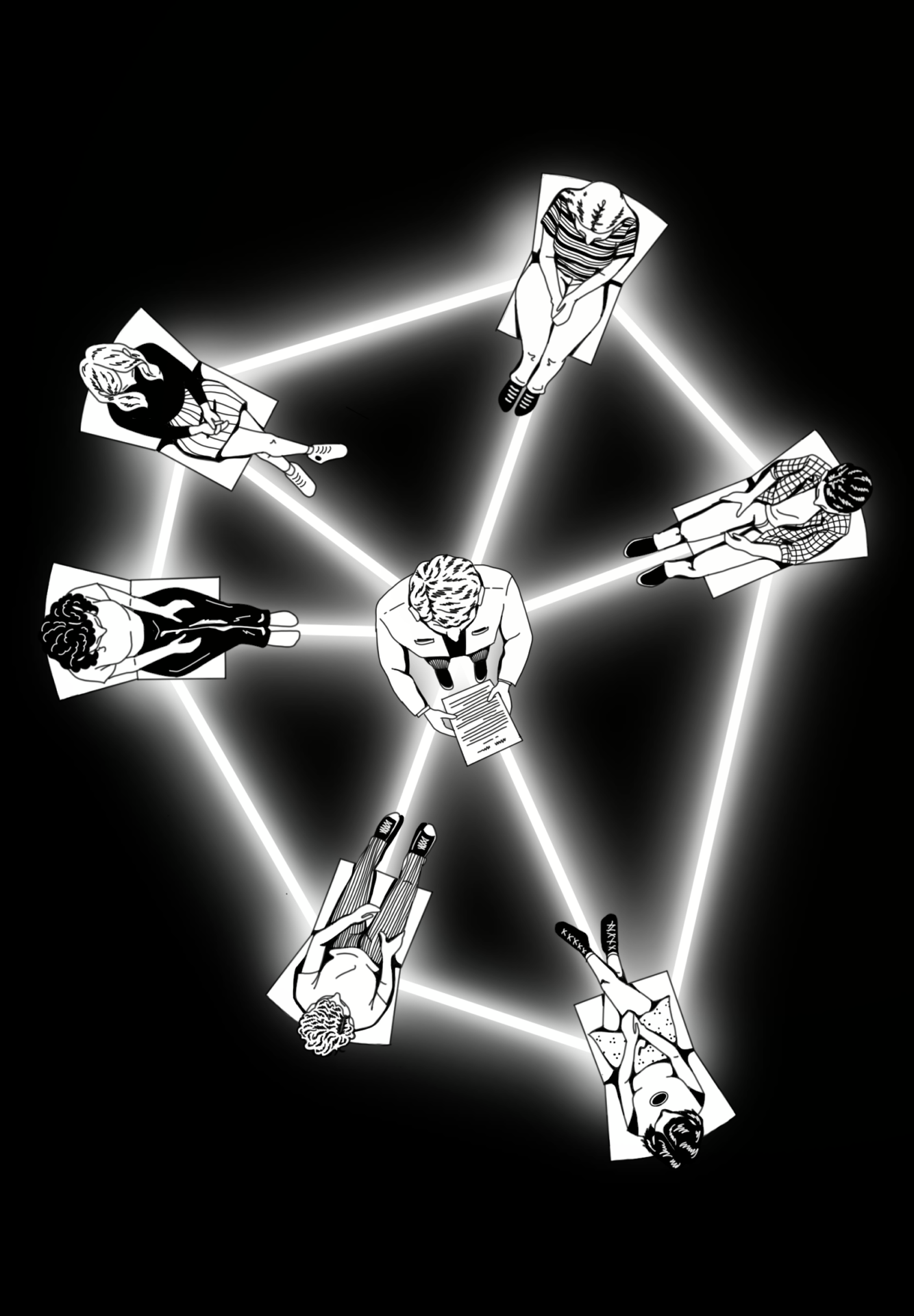
Narrative medicine is the practice of listening, absorbing, metabolizing and being moved to action by stories of wellness and disease. When put into practice, this involves treating a patient as a whole person, rather than just as their illness.
The field is a relatively new one, founded by Physician Rita Charon of Columbia University.
“Harvard Medical School had taught me a reductionist, positivist, disease centered model of listening to what patients said,” Charon said in an interview with Medium. “So that’s what sent me to the English Department (at Columbia). I figured they were the ones on campus who knew something about listening to stories.”
Charon got her Ph.D. in English, in addition to her M.D., and uses it to inform her clinical practice. The program at Columbia revolves around groups of participants Charon calls a Community of Practice, and it simply means a gathering of people committed to sharing stories and listening to one another. The Practice normally begins with a text or some piece of art as a starting point, and allows the stories to flow from there.
According to The Northwest Narrative Medicine Collaborative,“Participants gather to read a short text, discuss, write in response and share if we choose; all participants need to bring is a pen and paper.”
Alexis Rehrmann is the community engagement coordinator at the Lewis & Clark Center for Community and Global Health, as well as a board member for the Northwest Narrative Medicine Collaborative. She runs regular Communities of Practice with Health Studies classes at LC. Rehrmann received her certificate to act as a Community of Practice facilitator last year, and believes that using art as a jumping-off point is a useful surrogate to bigger questions in the medical field.
“(Narrative medicine) exists very much against medical scribing, which is this really concrete training to take information and put it into the electronic health record,” Rehrmann said. “So what we’re positing is that sitting with a piece of art, sitting with a piece of poetry, trains you to listen for all this complexity that is not in that other thing.”
Although narrative medicine has so far been used mostly to tell stories of illness and disease in a clinical setting, it can also help bridge the gap between fine arts and the hard sciences.
“Artists, from the visual arts, music, writing of many genres, playwrights, these are people who come to us,” Charon said. “They say, ‘I’ve been practicing narrative medicine for years. I just didn’t know there was a name for it.’”
Rehrmann believes that narrative medicine can not only connect art and science, but that the skills it teaches are forms of art in themselves.
“Storytelling is of course itself a form of art,” Rehrmann said. “And I think about listening, a listener that is really skilled is going to have a physical practice that supports listening, like an actor or a dancer would. It’s a full body experience, the listener also creates a space for the story to take place. The questions they ask, what affirms the person that’s speaking, how do they get there together in this series of questions, and I think that those skills sound to me like theater.”
When Becca Teichman ’22 attended one of Rehrmann’s Communities of Practice in her Health Studies internship class, the personal nature of sharing stories in this way really resonated with her.
“I thought it was really interesting the way people can use art like slam poetry to communicate about their own experience with health and illness,” Teichman said. “And how that can be really personal but an art form at the same time.”
In addition to discussions of health, wellness and disease, the overarching goal of narrative medicine is to develop the skills of storytelling and active listening in a way that makes all parties in a conversation feel heard and valued.
“I really cherish the opportunity to sit with people together and talk about things that are meaningful to us,” Rehrmann said. “I think that there is not a lot of actual opportunity to do that in our lives normally, and so I think when I have work that allows me to really sit with someone and say, ‘What do you care about? Where are you at today? What matters to you here?’ I find a great honor in that, and that for me is really what this narrative medicine work is for.”
Subscribe to the Mossy Log Newsletter
Stay up to date with the goings-on at Lewis & Clark! Get the top stories or your favorite section delivered to your inbox whenever we release a new issue.

Leave a Reply